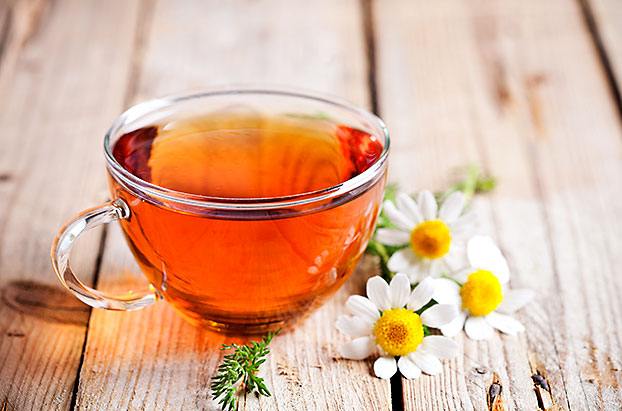The Sense of Smell & Tea

Our sense of smell has an immense bearing on our cravings. Like when a patisserie that wafts the smell of butter on hot croissants makes you yearn for one and beckons you inside wordlessly. It can also evoke a long forgotten memory in vivid detail. Like the smell spring flowers makes you recall that holiday when you stayed at that quaint cottage and woke up to blossoming trees and birds singing outside.
Our sense of smell is perhaps the most surprisingly accurate of senses. It is also one of the primary senses that are involved with the enjoying of a cup of tea. There are two primary aromas in relation to tea: maltiness and greenness. However when it comes to tea, the type of tea bush and its growing conditions like elevation and climate contribute to its aroma as well as taste. Dilmah Uda Watte tea has uplifting lively, lightly herbal aromas with undertones of delicate lemony/citrus fruit with added complexity of light aromatic spice. Hints of orange rind also come through.
Overall tea has 3 degrees of aroma. Some teas have a unique primary aroma. For example good tea from Darjeeling often has a muscatel smell. Primary aroma of tea is dependent in growing conditions.
The secondary aroma builds on the primary one. Its strength of subtlety depends on the production process like storage of plucked leaves and fermentation.
The tertiary aroma is what develops when tea is stored. Tertiary aromas apply mainly for aged teas like Pu-erh where the exposure to air makes it mellower giving it an earthy aroma. Because of its ability to absorb moisture and odours aromas of tea can change even after the tea is packaged.



